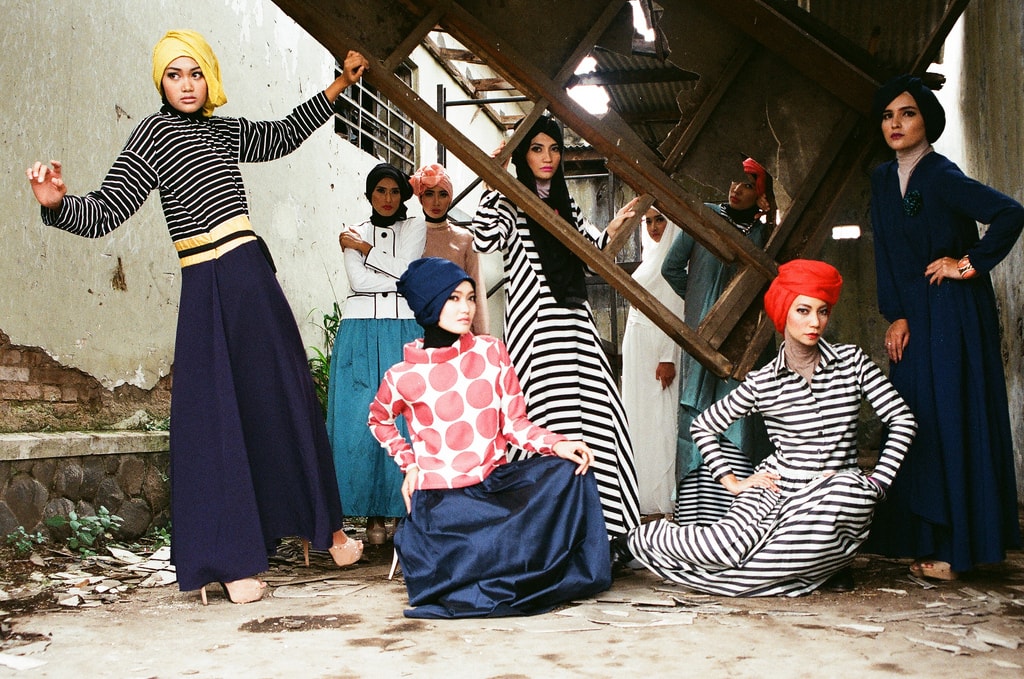Open the Keys of Ageless Eastern Wear
Exploring the enigmatic realm of ageless Eastern wear looks into a realm where society, history, and artistry converge to create garments that go beyond plain textile and string. The intricate tapestry of practice interwoven with modern elements uses a look right into a world where every stitch tells a tale, every theme a sign of value. Introducing the tricks behind these creations unveils a tapestry of heritage waiting to be deciphered, welcoming one to trip through the angelic charm and mystique of Eastern fashion.
History of Eastern Fashion
The history of Eastern style go back centuries, showing the abundant social heritage and customs of diverse regions across Asia. Each region boasts its special designs, materials, and layouts that have been affected by variables like climate, religious beliefs, social condition, and profession routes. eastern wear pakistan. For example, the intricate silk garments of China symbolize beauty and class, while the vivid saris of India showcase a kaleidoscope of patterns and colors.
In Japan, the bathrobe has been an icon of tradition and improvement for generations, with various designs worn for various celebrations. In a similar way, the hanbok in Korea represents the country's deep-rooted custom-mades and is still put on during essential events. The background of Eastern style is a tapestry of technology and tradition, mixing old exercise with modern impacts to create a vibrant and ever-evolving industry. Recognizing the origins of these renowned garments gives insight into the social value and workmanship that proceed to influence modern developers worldwide.
Relevance of Conventional Clothes
Typical clothing acts as a social symbol, personifying the worths, ideas, and heritage of neighborhoods in Eastern societies. eastern wear pakistan. These garments are not simply items of textile yet are symbolic depictions of the abundant background and practices gave with generations. In Eastern cultures, standard clothing plays a substantial duty in events, celebrations, and life, showing the social condition, regional affiliations, and also marriage standing of individuals
The importance of conventional attire surpasses appearances; it is a way for people to get in touch with their roots and reveal pride in their social identification. Each garment, from the complex sarees of India to the streaming hanboks of Korea, brings with it a story of workmanship, significance, and symbolism that is deeply ingrained in the fabric of culture.
Additionally, conventional attire acts as an aesthetic language, connecting stories of triumph, unity, and strength. By wearing these garments, individuals not only honor their heritage but also contribute to the conservation and party of their cultural tradition.
Development of Eastern Embroideries
Eastern embroideries have a rich history that spans centuries and have actually continuously progressed to integrate varied cultural influences and respond to moving creative fads. The advancement of Eastern needleworks can be mapped back to ancient worlds where detailed layouts were hand-stitched onto textiles using conventional techniques.

Today, Eastern needleworks remain to evolve, blending traditional craftsmanship with modern-day design sensibilities to create classic items that commemorate the appeal of multiculturalism and artistic development.
Elegant Fabrics in Eastern Wear
Luxurious fabrics play an essential duty in elevating the visual appeal and quality of Eastern wear, improving the general allure and elegance of traditional garments. Eastern site wear is renowned for its luxurious fabrics that not just reflect the region's rich social heritage but additionally represent style and elegance. Silk, a fabric identified with deluxe, is typically used in crafting Eastern attire, imparting a glossy sheen and a soft, smooth texture. The great strings of silk not only curtain wonderfully however additionally add a touch of overindulgence to outfits.
In enhancement to silk, materials like brocade, chiffon, and velour are additionally commonly featured in Eastern wear. These lavish textiles not just raise the visual allure of Eastern wear however likewise guarantee a feeling of improvement and sophistication that goes beyond time.
Incorporating Eastern Style Today
In contemporary fashion landscapes, the assimilation of Eastern affects offers an unified combination of cultural heritage and Read Full Report modern-day visual appeals. Developers and style enthusiasts alike are embracing the rich tapestry of Eastern fashion, incorporating conventional aspects right into modern-day shapes and designs. From complex embroidery to dynamic shades and elegant fabrics, Eastern fashion today uses a varied range of options that provide to a global audience.
One means Eastern style is making its mark in contemporary wardrobes is via the adaptation of traditional garments such as the bathrobe, saree, or qipao right into daily wear. These pieces, as soon as booked for special celebrations, are now reimagined in more casual types, permitting their incorporation into everyday fashion options. In addition, using typical patterns and themes in Western-style apparel adds a touch of unique sophistication to modern outfits.

Verdict
To conclude, exploring the abundant background, relevance, and advancement of Eastern style reveals an ingrained connection to heritage and values. The glamorous textiles and complex needleworks of Eastern use display the adaptability and timelessness of conventional designs. Integrating Eastern influences in modern style permits for a fusion of tradition and advancement, developing a harmonious Our site balance in between the past and today.
Luxurious fabrics play a critical duty in elevating the aesthetic appeal and high quality of Eastern wear, improving the total allure and class of typical garments. Developers and fashion enthusiasts alike are welcoming the rich tapestry of Eastern fashion, including typical aspects into modern silhouettes and styles. From complex embroidery to dynamic shades and glamorous textiles, Eastern fashion today provides a varied array of options that cater to an international audience.
One way Eastern style is making its mark in contemporary wardrobes is via the adaptation of typical garments such as the robe, saree, or qipao into everyday wear. The elegant materials and elaborate needleworks of Eastern use display the versatility and timelessness of standard designs.